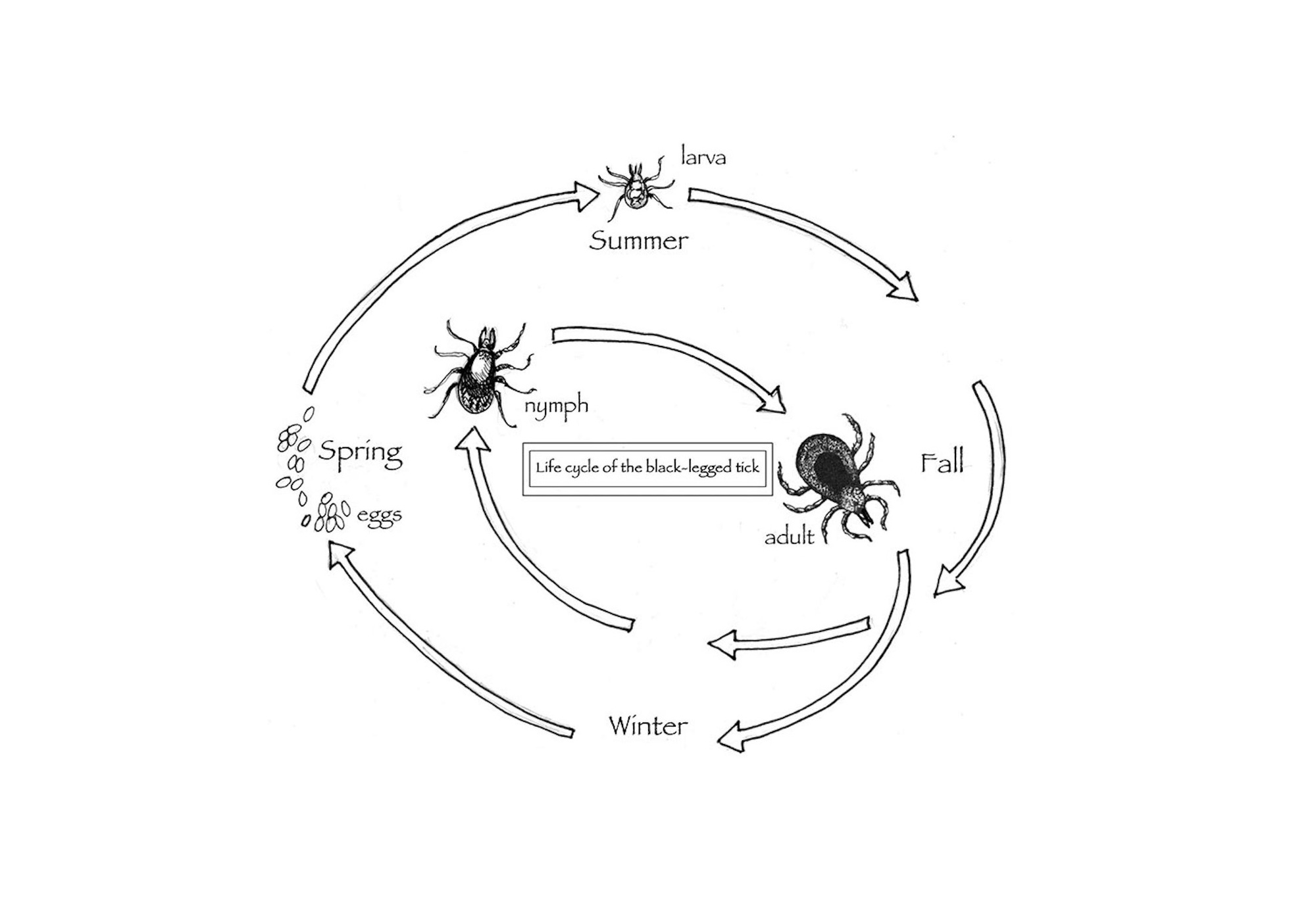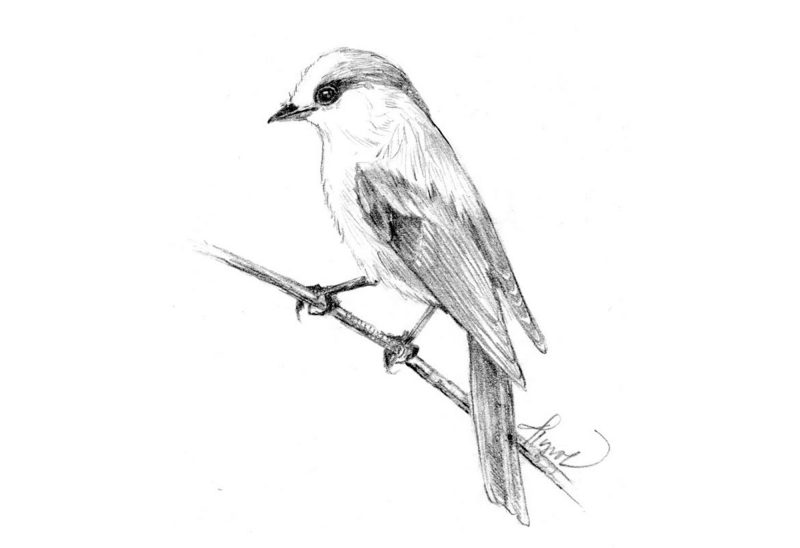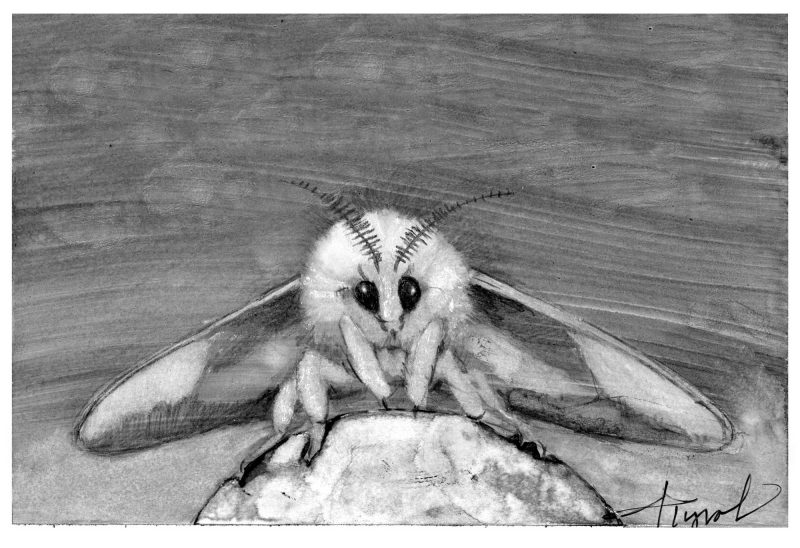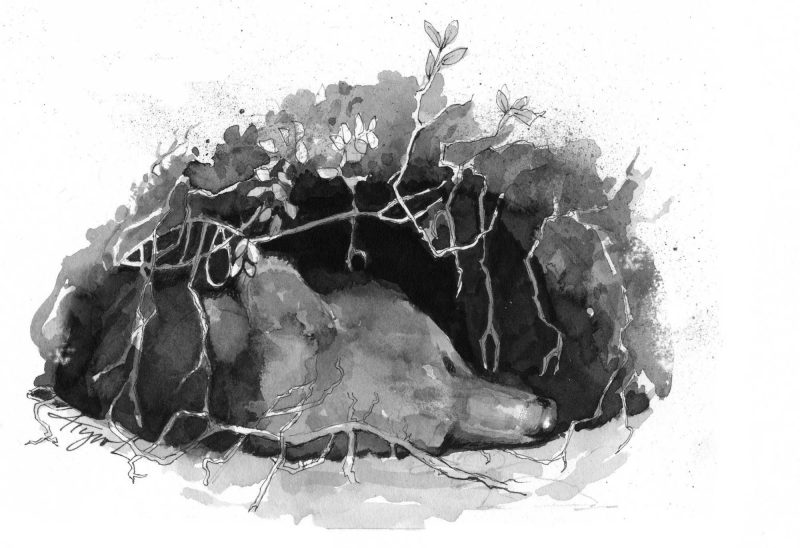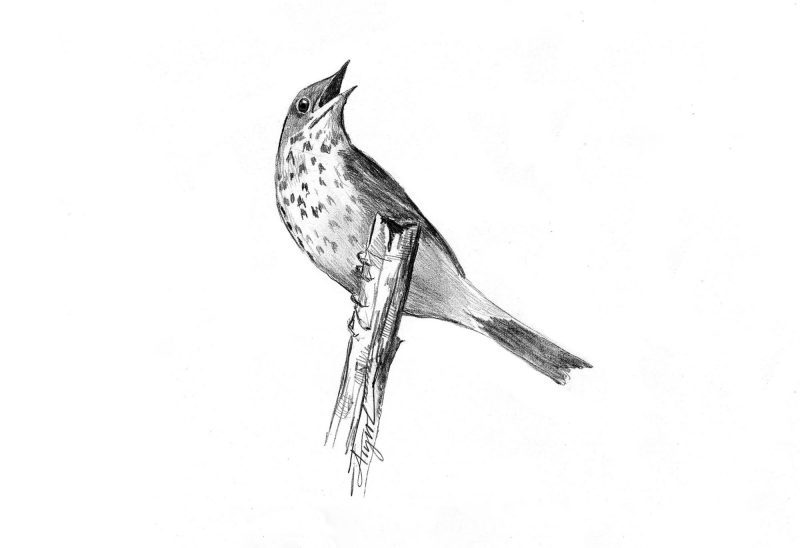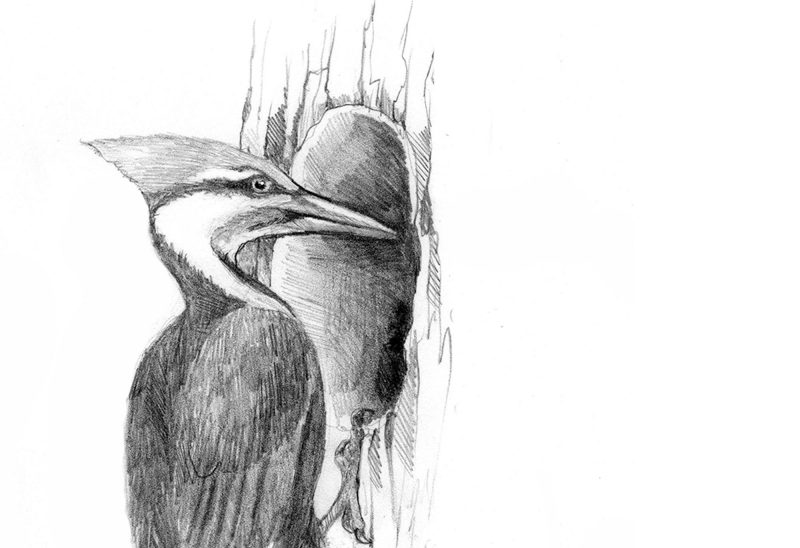Eighteen years ago, when I moved back to New Hampshire, I rarely came across ticks. The dog didn’t carry them unwittingly into the house, and I could spend the day in the garden or on wooded trails and not see a single, hard-shelled, eight-legged, blood-sucking creepy-crawly.
Not so anymore. Now, from the time of snowmelt in the spring to the first crisp snowfall of autumn — and often beyond — we find ticks everywhere: on the dog, crawling up the front door, along kids’ hairlines, on backs or arms or legs, and occasionally (and alarmingly) walking along a couch cushion or bed pillow.
With the increase in tick numbers has come an upsurge in tick-borne diseases. Lyme disease is still the most well-known and most common. But now we can add Anaplasmosis, Babesiosis, Borrelia miyamotoi disease, Ehrlichiosis, and Powasson virus to the list of tick worries.
Vermont and New Hampshire are home to more than a dozen species of ticks. In almost all cases, however, the blacklegged tick (Ixodes scapularis) — also known as the deer tick — is the one transmitting tick-borne diseases to humans.
“The blacklegged tick is kind of the bad guy,” said Patti Casey, environmental surveillance program director for the Vermont Agency of Agriculture. She noted that while some types of ticks feed almost exclusively on one or a few specific animal species, the blacklegged tick “tends to have a very broad menu.”
That menu of hosts includes rodents — white-footed mice are a favorite — and other small mammals during the larval stage, and larger ones, ranging from deer to dogs to humans, during the nymph and adult stages. It’s that first host — the small mammals — that typically share the pathogens that cause tick-borne diseases in humans.
The most common tick-borne disease in our region, after Lyme, is Anaplasmosis, whose symptoms include fever, chills, headache, muscle pain, confusion, and general malaise. Fewer than three cases were reported annually in Vermont from 2008 to 2010, but more than 200 human cases of Anaplasmosis were reported in 2016. Similarly, cases of Anaplasmosis in New Hampshire rose from 88 in 2013 to 317 in 2017.
Babesiosis has also been on the rise in the region, with 76 cases reported in New Hampshire in 2017 (up from 22 four years earlier). In Vermont, fewer than 40 cases have been reported, but the numbers are climbing. Babesiosis symptoms are similar to those of Anaplasmosis and of Lyme disease.
Those symptoms of general malaise — fever, aches, chills, and fatigue — are also common in Borrelia miyamotoi, another infection transmitted by black-legged ticks, and of the tick-borne disease Ehrlichiosis, which is transmitted by the lone star tick (so named because of a distinctive light-colored circle on its back, not because of any relation to the Lone Star State of Texas). This tick is beginning to appear in northeastern states.
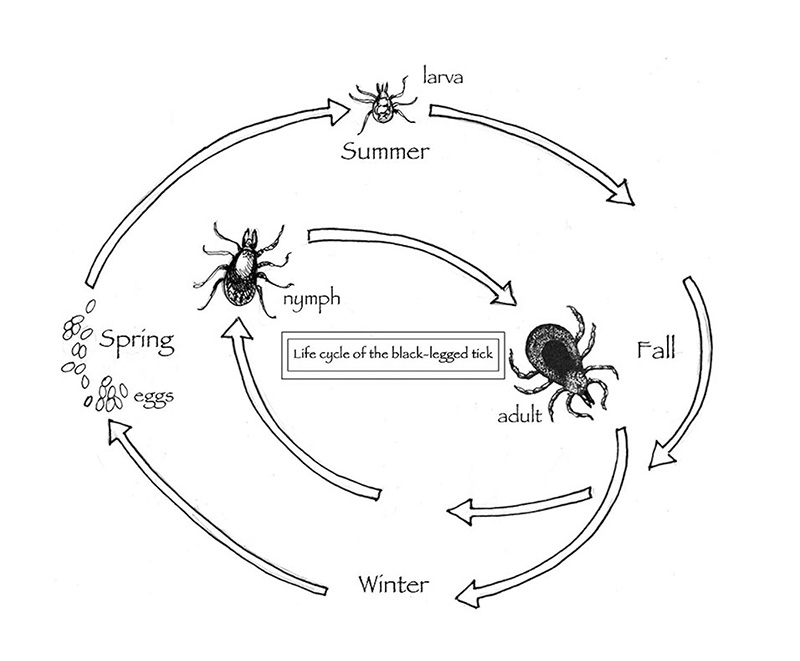
Life cycle of the black-legged tick. (Illustration by Adelaide Tyrol.)
While still quite rare — with only one human case reported in New Hampshire in 2017 and none yet in Vermont or New York — Powassan virus is causing concern for tick watchers. Although it hasn’t spread yet to people in large numbers, 40 percent of the deer harvested last year in New York showed signs of exposure to Powassan virus. With the same general symptoms of other tick-borne diseases, this virus can affect the central nervous system and cause meningitis and encephalitis.
How quickly ticks transmit diseases varies and is difficult to study effectively. As Alan Eaton, a retired University of New Hampshire professor and UNH Extension entomology specialist notes, “Nobody wants to volunteer to see how long it takes to have a disease transmitted to them.”
In experimental lab testing using rodents, it takes Lyme disease between 48 and 72 hours to be transmitted. But scientists have documented transmission of Borrelia miyamotoi disease and Anaplasmosis within the first 24 hours of attachment. Most terrifying is one study that showed Powassan virus being transmitted within 15 minutes of tick attachment.
While there are various reasons why ticks are becoming more abundant, climate change is a likely contributing factor.
Patti Casey said that longer shoulder seasons in April and October, when temperatures are not as reliably cold as they once were, give ticks a longer chance to mate and find a blood meal. Lee Ann Sporn, a biology professor at Paul Smith’s College, adds that one result of warmer, wetter weather trends has been that tick-borne diseases are an “almost year-round risk.”
Alan Eaton points to another factor in the spread of ticks and the diseases they carry: a changing landscape. “We’ve changed what had been a solid patch of woods decades ago to a situation where we’ve got little openings,” he said, referring to what conservationists call “forest fragmentation.” Eton noted that when people build houses in the woods, they make good mouse habitat in the process. With the mice come the ticks — and the diseases they transmit.
The most effective way to prevent tick-borne disease is to not get bitten. Experts suggest tucking shirts into pants and pant legs into socks when outside, treating clothes with a product that contains permethrin, wearing a repellent containing DEET, and performing daily tick checks, especially during the highest risk periods — from late spring through summer.
“You control a large amount of the risk,” Eaton said. “You decide what you do, what you wear, whether you use repellents, whether you check yourself for ticks. We live in a beautiful state with wonderful things to do. Understand the risks, continue to protect yourself. But continue to get out and enjoy this wonderful place, too.”
Meghan McCarthy McPhaul is an author and freelance writer based in Franconia, New Hampshire. The illustration was drawn by Adelaide Tyrol. “The Outside Story” is assigned and edited by Northern Woodlands magazine, and sponsored by the Wellborn Ecology Fund of the New Hampshire Charitable Foundation, a fund dedicated to increasing environmental and ecological science knowledge. Email jryyobea@aups.bet. for more information. A book compilation of Outside Story articles is available at http://www.northernwoodlands.org.

